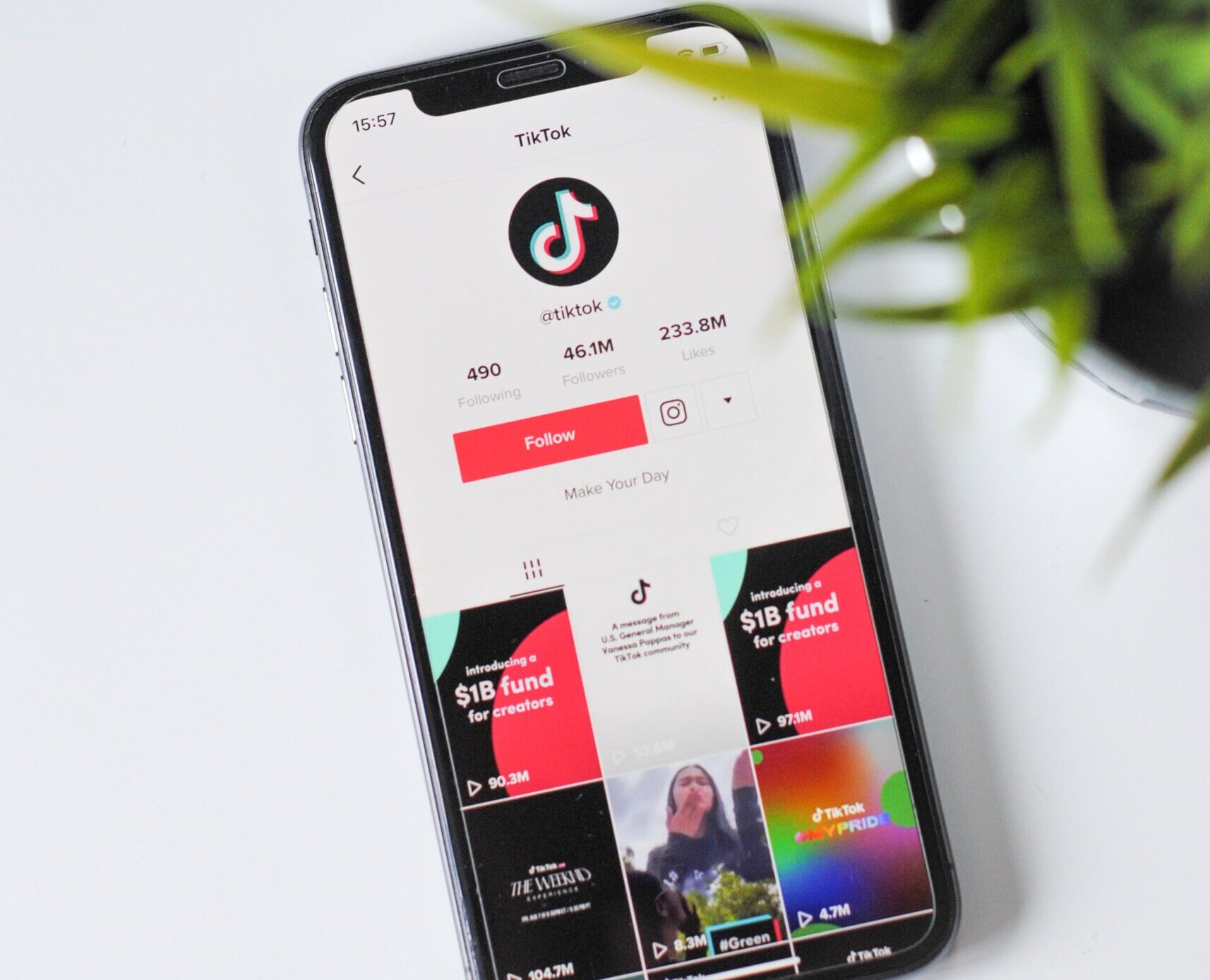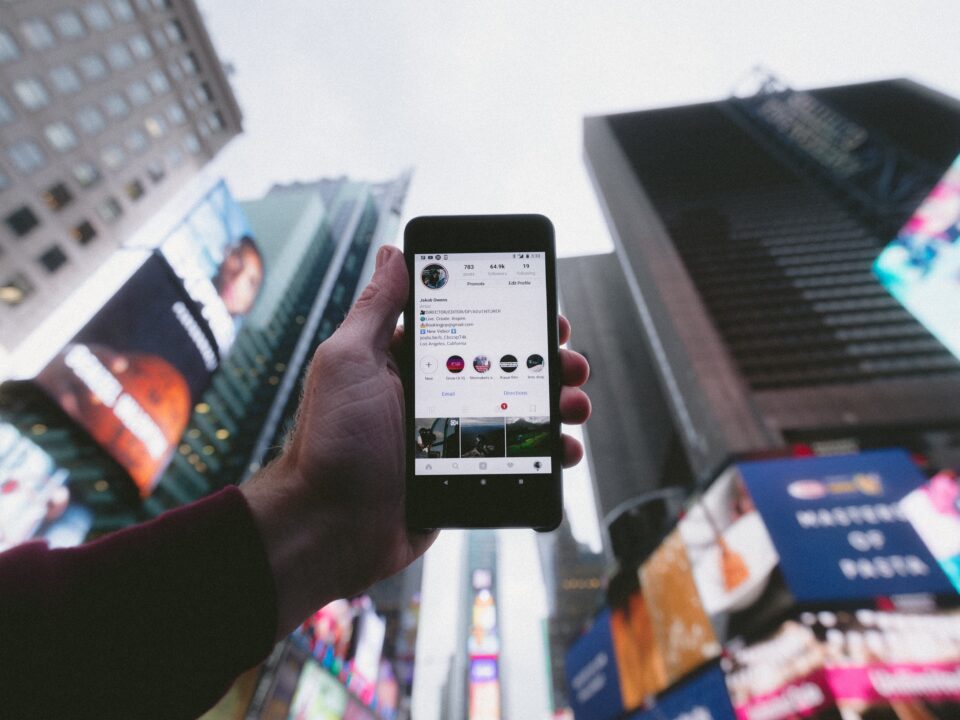
Should Your Brand be on TikTok?
February 25, 2021
Audiences to consider for your COVID-19 communications: Coming back to the office
April 26, 2021
It’s been a year, and we are all sick of hearing about COVID-19. Truthfully, we’ve been sick of it. Last summer, those of us working in COVID-19 communications were already working out how many different ways we could say “unprecedented times,” or “uncertain times,” or “the new normal” so that readers’ eyes wouldn’t glaze over immediately.
Then, the pandemic kept going.
As the vaccines start to roll out and there’s a slow shift back to the “old normal,” many of us are rushing to forget the virus ever happened. Though we’d rather stop talking about it just like everyone else, there’s still more to be said and work to be done.
Here are some of the reasons COVID-19 communications are still important–and will continue to be for some time.
Different levels of risk tolerance
Just like people, businesses have taken different levels of risk throughout the pandemic. Think about restaurants: though restrictions have lifted substantially and folks are once again allowed to dine indoors, some restaurants have chosen to remain closed except for take-out and delivery, or perhaps they’ve reopened a patio but aren’t allowing customers inside. These different levels of risk tolerance are true for office employers, as well. While some folks brought back their teams to their offices as soon as they were able, others are keeping everyone at home–even if the CDC says it’s okay for their class of employees to make their way back to the office.
Assumptions are out of the question
All of these different levels of tolerance mean that there are no assumptions to be made. You can’t automatically know what a new client or a partner organization is thinking if they ask to have a meeting. Do they mean a Zoom? A conference call? Do they plan to meet in person? And what about travel? Perhaps everyone is back in the office at your office, but what about theirs?
Since there’s no space for common, unspoken understanding, businesses have to be explicit about what they are and aren’t doing, and what risks they will and won’t accept.
Travel
Travel has been, perhaps, one of the most taboo topics of the past twelve months. Remember with me, if you will, a time in the past when travel was a huge part of many workers’ jobs. Somewhere between that not-so-distant past and the not-so-distant future, employers will need to bridge the era when they sent their workforce out in fleets and on flights, and the era when their workforce wore pajamas and took meetings over Zoom.
Vaccines are changing things
As vaccines become more and more ubiquitous, we are going to have to start answering some questions: are vaccinated and unvaccinated people offered the same benefits of your business? Are masks going to still be required for vaccinated people? What about if the CDC changes its recommendations regarding vaccines and people in public–will you still insist on social distancing or limiting capacity at your business?
As these changes occur, there are opportunities for miscommunication and missteps, and it’s important to think about the who, when, how, and where of communicating changes to your business.



